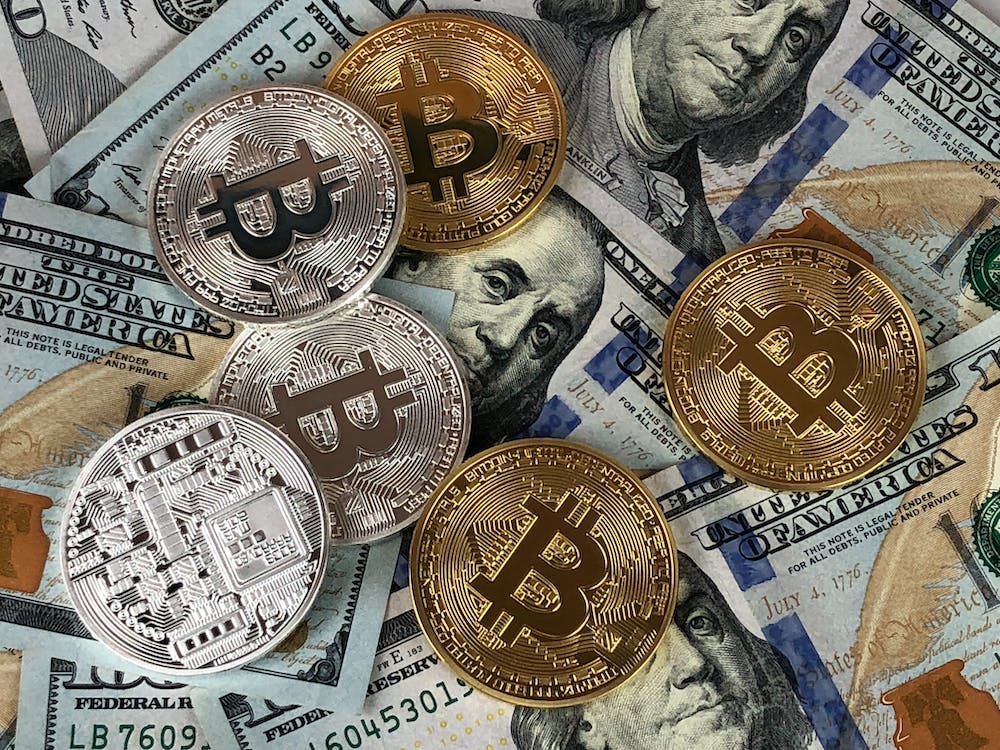The Role of Scarcity in Bitcoin Price Determination: An Economic Analysis


Bitcoin, the world’s first decentralized cryptocurrency, has been making waves in the world of finance and economics since its inception in 2009. One of the key factors driving the value of Bitcoin is its limited supply, with only 21 million Bitcoins set to be mined. In this documentary, we will explore the role of scarcity in Bitcoin price determination, examining both the theoretical and empirical evidence behind this phenomenon. Bitcoin is subjected to scarcity and before it is late, start investing in it. Try Immediate Fortune for a hassle free process.
Theoretical Framework
Bitcoin’s value is determined by the same basic economic principles of supply and demand that govern traditional currencies and other assets. In general, when demand for a particular asset increases, and the supply of that asset is limited, the price of the asset will increase. Conversely, when demand for an asset decreases, and the supply is abundant, the price of the asset will decrease.
In the case of Bitcoin, its limited supply is a key factor in determining its value. The maximum supply of 21 million Bitcoins is hard-coded into the currency’s protocol, with each Bitcoin requiring computational work to “mine” or discover. This mining process becomes increasingly difficult over time, making it harder and harder to discover new Bitcoins as the remaining supply dwindles.
This scarcity has a number of implications for Bitcoin’s value. First, it means that Bitcoin is a deflationary currency, since its supply is fixed and cannot be increased by central authorities.
Second, scarcity also creates a sense of rarity and exclusivity around Bitcoin, making it a more attractive asset for investors and collectors. This can create a positive feedback loop, where increasing demand for Bitcoin leads to higher prices, which in turn increases demand even further.
Empirical Evidence
To understand the impact of scarcity on Bitcoin’s price, it is helpful to examine historical trends and data. One of the most striking observations is that the price of Bitcoin has exhibited significant volatility over time, often moving in response to changes in demand and supply.
For example, in 2017, Bitcoin experienced a major price spike, reaching an all-time high of nearly $20,000 per coin. This surge in price was accompanied by a flurry of media attention and investor speculation, as many individuals rushed to invest in Bitcoin. However, this bubble ultimately burst, and the price of Bitcoin plummeted back down to around $3,000 per coin by the end of 2018.
Another notable trend is the impact of Bitcoin’s “halving events” on its price. These events occur roughly every four years and result in a 50% reduction in the reward for mining new Bitcoins. This reduction in supply has historically been associated with a rise in Bitcoin’s price, as it becomes harder to discover new coins and scarcity is further increased.
Comparing Bitcoin with other scarce assets, such as gold and real estate, also provides some interesting insights. While Bitcoin has been highly volatile compared to these more traditional assets, its overall price trajectory has shown similar patterns of growth and decline.
In addition to price data, market sentiment and investor behavior can also offer clues to the role of scarcity in Bitcoin’s value. For example, when demand for Bitcoin surges, this can lead to a “FOMO” (fear of missing out) mentality, where investors rush to buy Bitcoin out of fear of being left behind.
Future Implications
Bitcoin’s limited supply and deflationary nature have important implications for its future development and adoption. Some of the potential implications of scarcity include:
As the remaining supply of Bitcoin dwindles, scarcity is likely to become an even more important driver of its value. This could lead to increased price volatility and speculation, as investors try to predict the future price of Bitcoin. While Bitcoin is primarily used as a currency, its scarcity and limited supply also make it an attractive asset for storage of value and as a hedge against inflation. As such, Bitcoin may start to be seen more as a digital gold than a traditional currency.
The limited supply of Bitcoin could also create challenges for widespread adoption, as it becomes harder and harder for individuals and businesses to acquire a meaningful amount of Bitcoin. This could lead to greater concentration of Bitcoin ownership among a small number of individuals or institutions.
Conclusion
In conclusion, the evidence suggests that scarcity is a significant driver of Bitcoin’s value, with historical trends and market behavior supporting this hypothesis. As the remaining supply of Bitcoin dwindles, scarcity is likely to become an even more important factor in its price determination, with potential implications for adoption, innovation, and development in the cryptocurrency space.
